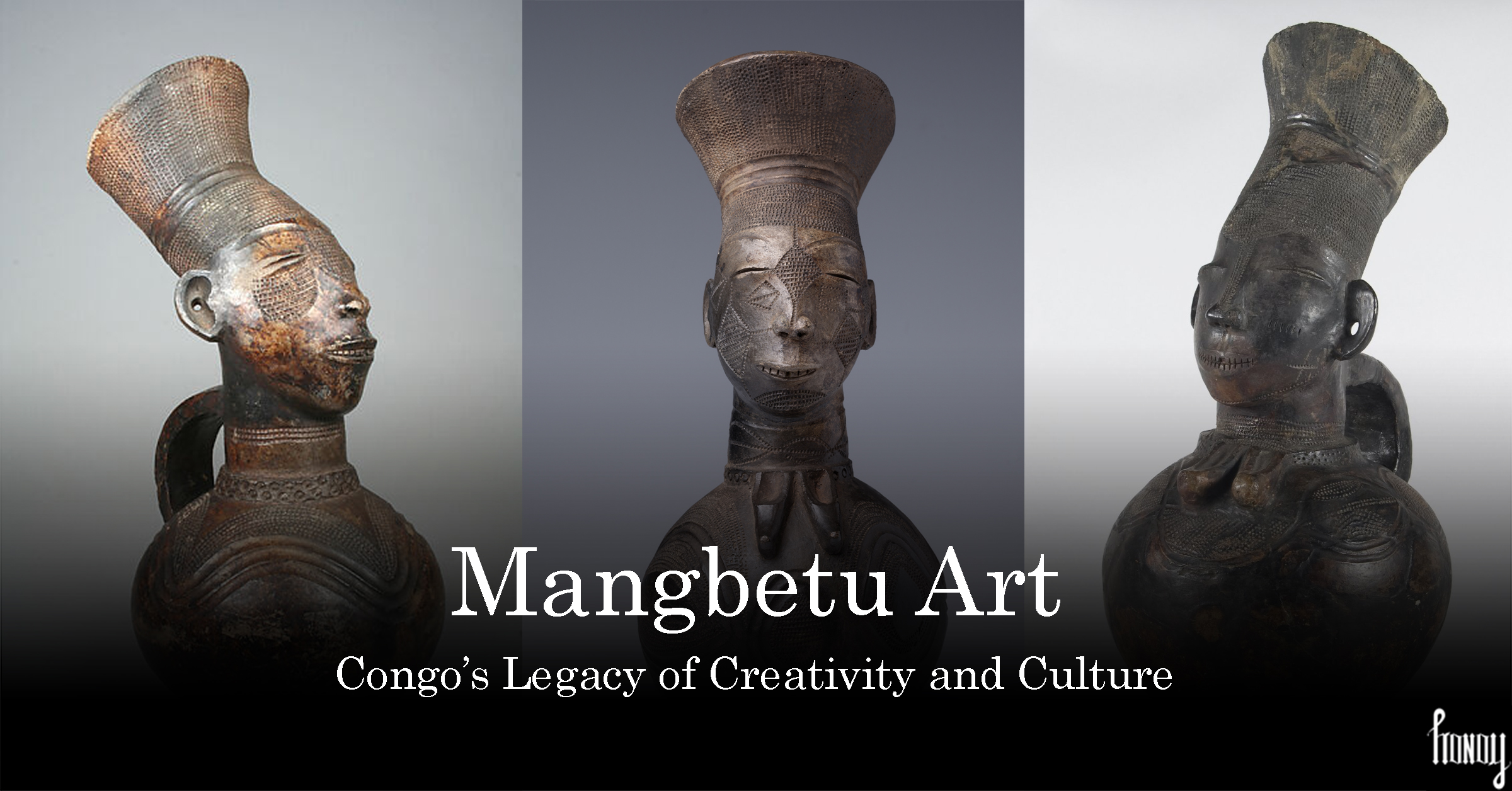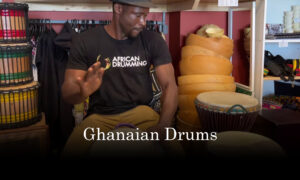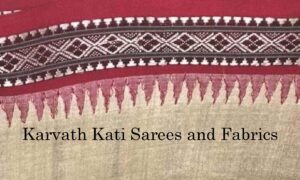Introduction to Mangbetu Art
Nestled in the heart of Central Africa, the Mangbetu people have cultivated a rich tradition of artistic expression that transcends time and borders. The Mangbetu people are a tribal community that is a part of Democratic Republic of the Congo. Mangbetu art, renowned for its distinctive aesthetic and cultural significance, serves as a testament to the creativity and ingenuity of this vibrant community. In this blog, we embark on a journey to explore the historical evolution, cultural significance, intricate process, modernization, and collaborations that define this art.
Historical Evolution
The roots of Mangbetu art can be traced back to the early 19th century when the Mangbetu kingdom flourished in what is now the Democratic Republic of Congo. Renowned for their craftsmanship and artistic prowess, the people of this tribe developed a unique visual language characterized by elongated forms, intricate patterns, and meticulous attention to detail. From exquisite pottery and ceremonial objects to elaborate hairstyles and body art, this art permeated every aspect of daily life, serving as a reflection of cultural identity and societal norms.
Cultural Significance
Mangbetu art holds profound cultural significance within the community, serving as a means of communication, storytelling, and spiritual expression. Each artistic creation is imbued with symbolic meaning, reflecting the beliefs, values, and aspirations of the Mangbetu people. From the iconic elongated heads of royalty to the intricate designs adorning ceremonial masks and sculptures, this art encapsulates the essence of Mangbetu culture, preserving its heritage for future generations.
Process
The process of creating Mangbetu art is a labor-intensive endeavor that requires skill, patience, and creativity. Artisans meticulously handcraft each piece using traditional techniques passed down through generations. Whether sculpting clay into elegant vessels, weaving palm fibers into intricate textiles, or carving wood into ornate sculptures, artisans employ a diverse range of materials and methods to bring their visions to life. Every step of the process is steeped in tradition, with artisans drawing inspiration from ancestral knowledge and cultural practices.
Mangbetu pottery typically exhibits a monochromatic appearance, crafted solely from clay and baked in its raw state. Consequently, decorative vessels commonly display a dark gray hue, with nembwo and Small Pots leaning towards a russet tone. To enhance their decorative appeal, intricate patterns are intricately carved onto the surface of the pots alongside animal or human figurines. These patterns frequently consist of slender, elongated lines that span the majority of the pot’s surface, often appearing circular or undulating in nature.
Modernization
While rooted in tradition, Mangbetu art has embraced modernization, adapting to the changing times while preserving its cultural integrity. Artisans have incorporated contemporary materials and techniques into their practice, expanding the possibilities of their artistry. From the use of new tools and technologies to innovative approaches to design and production, artisans continue to push the boundaries of their craft while staying true to its roots.
Collaborations with Artists and Designers
In recent years, Mangbetu art has garnered international acclaim through collaborations with artists and designers from around the world. These partnerships have not only elevated this artform to new heights but have also fostered cross-cultural exchange and appreciation. From high-fashion collections featuring Mangbetu-inspired textiles to contemporary art exhibitions showcasing it’s sculptures and artifacts, collaborations with artists and designers have provided a platform for this art to shine on the global stage. Eddy Kamuanga Ilunga, Schildkrout, Enid and Curtis Keim are few rare artists that work towards making this artform known to the world through their work.
Conclusion
In conclusion, Mangbetu art stands as a testament to the enduring legacy of creativity and culture. Through centuries of evolution, it has remained a vibrant expression of it’s cultural identity and heritage. As we continue to celebrate and preserve the rich tapestry of human creativity, let us not forget the artisans whose skill and dedication breathe life into Mangbetu art, ensuring that its legacy endures for generations to come.




























